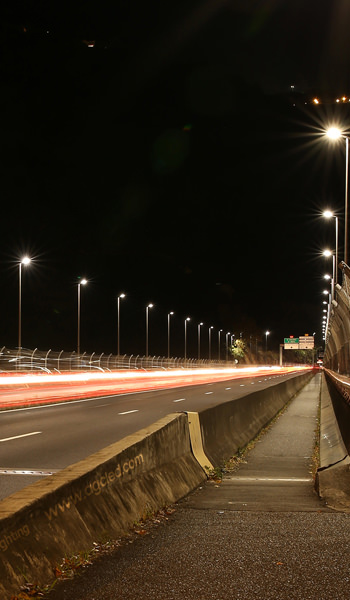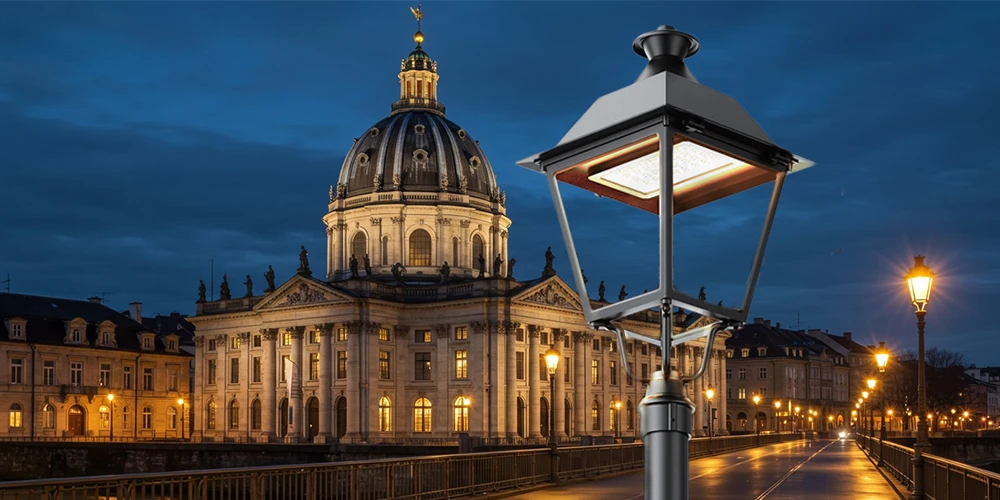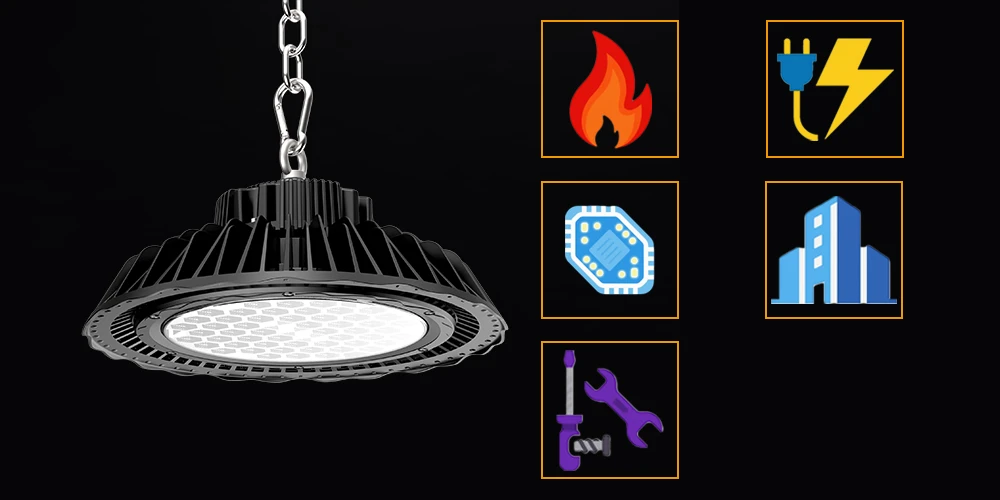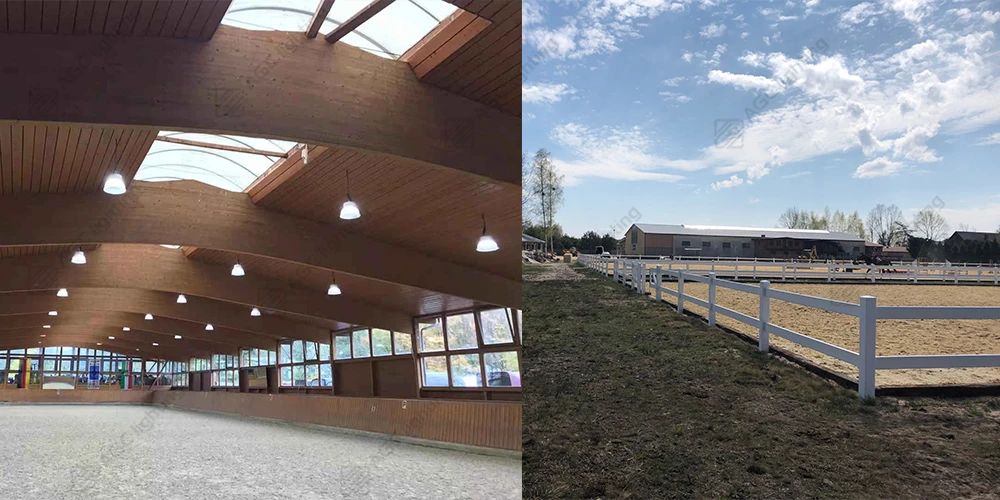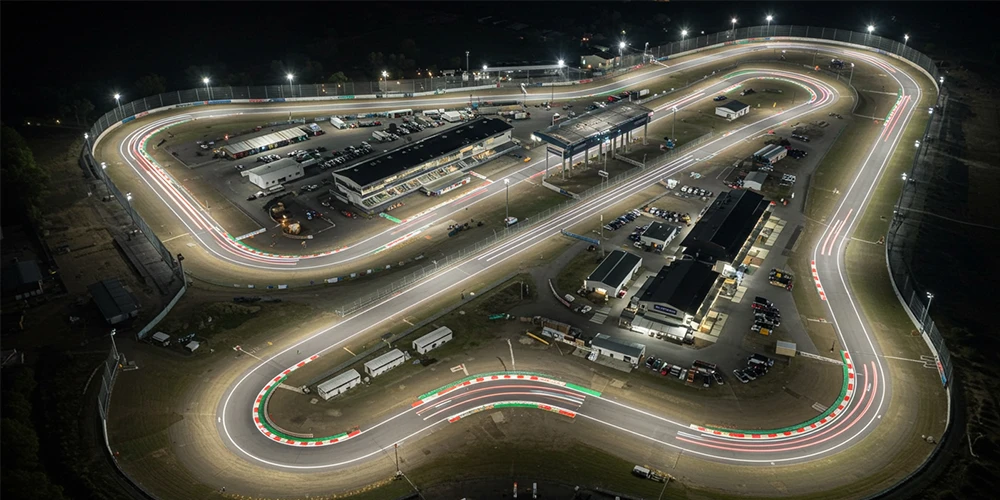The main customers of street lighting are government units rather than ordinary consumers. Generally, luminaires wholesalers will purchase street/road lights from lighting manufacturers and then flow to the demand side at the next level.
For example, project contractors who undertake government projects will purchase street lights from wholesalers for the installation of street lighting projects. There are some small batches of non-municipal projects. They also have the demand for purchasing street lights, so relatively speaking, this is a special and closed industry.
Street light, from the original sodium lamp to the current LED street light, has gone through a long development process. Surely, there are some technical problems encountered by this industry in the development process.
By now, the research and development of LED street lights has been more than ten years. There are new breakthroughs in the fields of LED chips, driver power, heat dissipation technology, and optical technology every year. Street lamp, as a kind of light for outdoor use, has the possibility of lightning strikes in bad weather conditions. The surge protection for LED street lights is a typically difficult technical problem to overcome.
The Vulnerability of LED Street Lights to Lightning Strikes
The lightning strike is a kind of electrostatic discharge phenomenon that carries millions of volts of voltage from a cloud to the ground.
During transmission, the lightning creates an electromagnetic field in the air. Because of electromagnetic induction, a powerful voltage (surge) is suddenly generated in the power line, as well as a strong induced current that can travel for miles. Transient changes in current and voltage make the circuit unstable. These indirect attacks usually occur on exposed power lines in the open air, such as street lights, traffic lights, base stations, and other equipment that emit power surges.
The surge protection module is directly facing the surge interference from the power line at the front of the circuit. It transfers or absorbs the surge energy to minimize the surge threat to other working circuits, such as AC/DC power units in LED lighting fixtures.
For an LED street light, lightning will cause an inductive surge in the power line. Then, a protruding wave will form in the power wire due to the energy of this inductive surge. That is a surge wave. Surge wave transmits in an inductive way. When a surge suddenly occurs in the power line, a tip will be superposed on the sine wave of the power transmission line. As the tip spreads into the street lamp, it will damage the circuit of the LED street lamp.
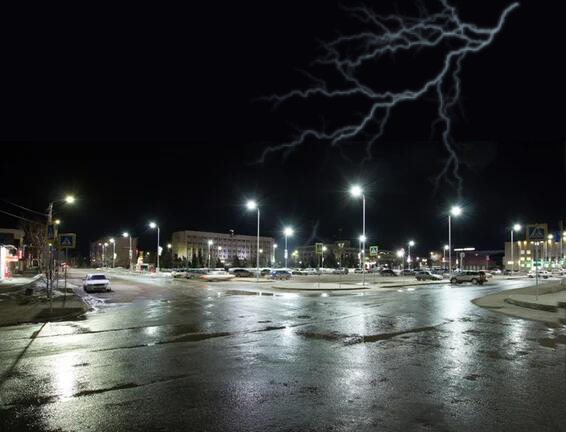
The Necessity of Surge Protection for LED Street Lights
Street lamps have been around for many years. But why has the surge protection of street lights just been proposed in recent years?
In fact, the conventional HPSL(high-pressure sodium lamp ) and super high-voltage mercury lamp are designed with high-pressure resistance. They have a lightning protection effect in themselves. Until recent years, LED street lights have been gradually popularized.
LED street lights differ from previous traditional road lights, needing a comparatively small power supply voltage, which is usually driven by converting alternating current to direct current by using a driver power device. As a result, the lightning protection capability of LED street lights themselves has been eliminated. Therefore, surge protection modules need to be specially designed for LED street lights.
The importance of LED street light surge protection is determined by the payback period. Since LED street lights were much more expensive than traditional ones in the early days, the government had to invest a large amount of money at the beginning of the purchase. And the additional investment needs to be earned back gradually by saving electricity in the long run.
If the government has not earned back the facility cost, that is, still in the investment recovery period, the LED street lights are broken. They will have to pay extra maintenance costs, and that cost will be even higher than the initial installation cost. Therefore, in the age of LED lights, in order to achieve the effect of energy saving and money saving, it is necessary to ensure that the service life of LED street lights can meet the expectations.
That is, the applied LED street light products should have excellent quality that can provide a long shelf life. To achieve cost savings and ensure that the street lamp is not damaged during the investment recovery period, it is necessary to improve the reliability. This requires the addition of surge protection modules to LED street lamps to maximize the economy.
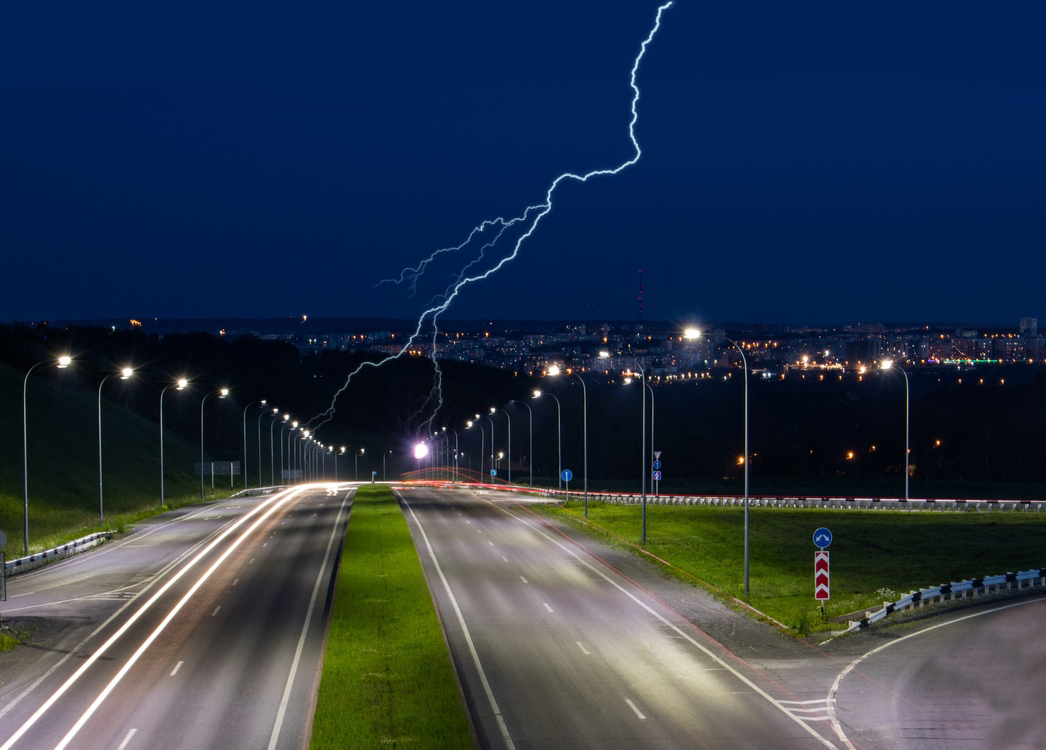
Surge Protection Standards for Outdoor Lighting
Generally, most of the reference indicators for LED street lights are some visible indicators such as brightness, beam angle, colour rendering index, power range, etc, while lightning protection, an invisible indicator, is often ignored. Surge protection standards for outdoor lighting have long been established in countries with more lightning, and all equipment is required to meet the standard to enter the market.
In the US national standard released in 2015, three levels of surge protection standards have been introduced. The reason why there are three grades is that there is a big difference between the east and west of the United States in the situation of lightning strikes.
The high lightning striking area can reach 30 ~ 40 times, while the low lightning striking area has only 1 ~ 2 times. Therefore, the standards of three grades are made, which are 6kV, 10kV, and 20kV, respectively. This also gives lamp manufacturers and local governments flexibility, local governments can decide to use the corresponding standards according to the actual situation.
The Standards in the United States for complete lightning protection systems include NFPA 780, UL 96 & 96A, and LPI 175. Product testing for lightning protection material components in the factory prior to shipment for listing and labeling is handled by Underwriters Laboratories, Inc. (UL)
AGC Lighting's Commitment to Robust Protection
The good news is that many UL-certified LED street lights developed by AGC lighting have met local surge protection standards and are able to cope with potential lightning surge threats for outdoor lighting.
With the arrival of the intelligent age, the functions of outdoor lighting equipment are more and more, and the reliability also needs to be improved with the development. For surge protection, it should also be paid attention.

